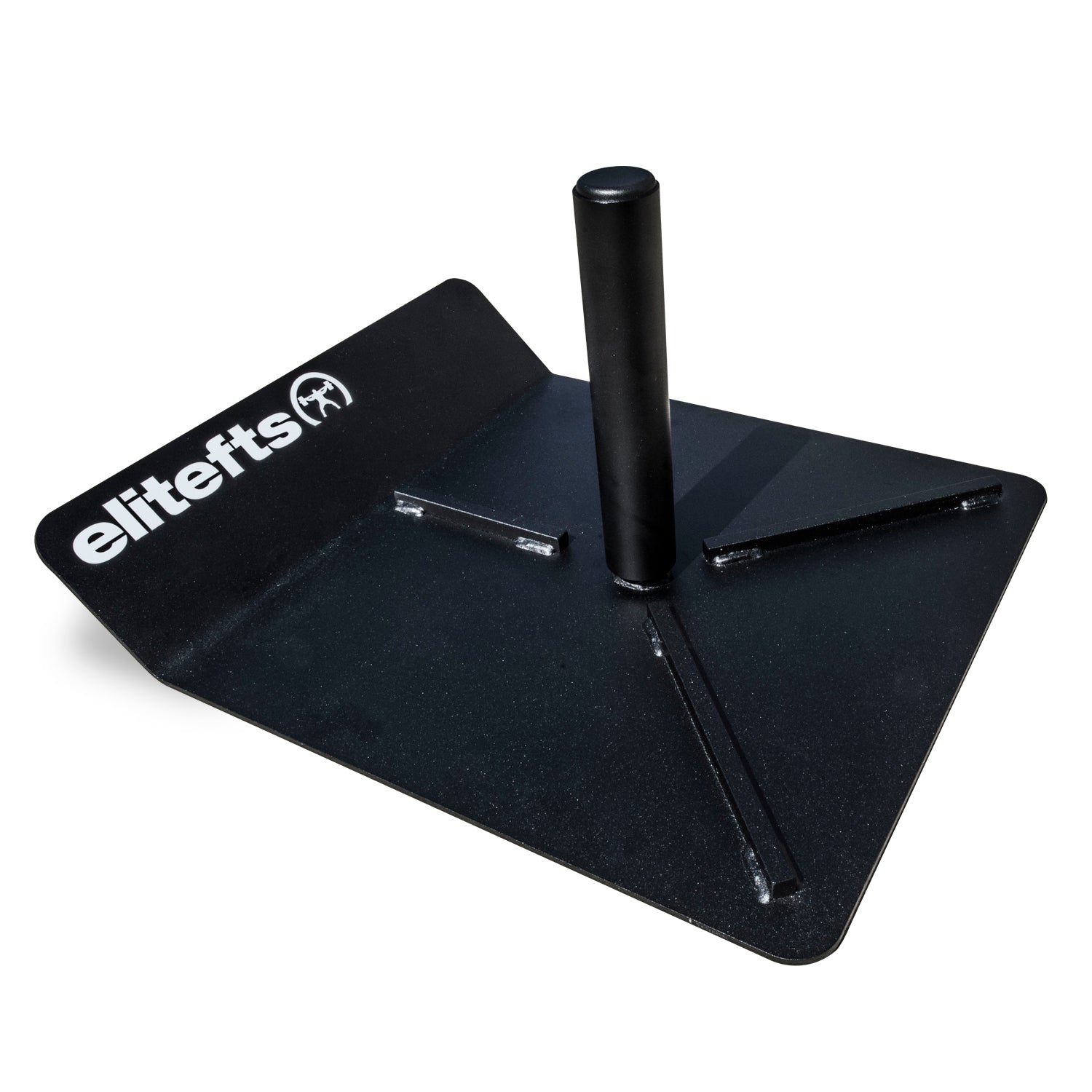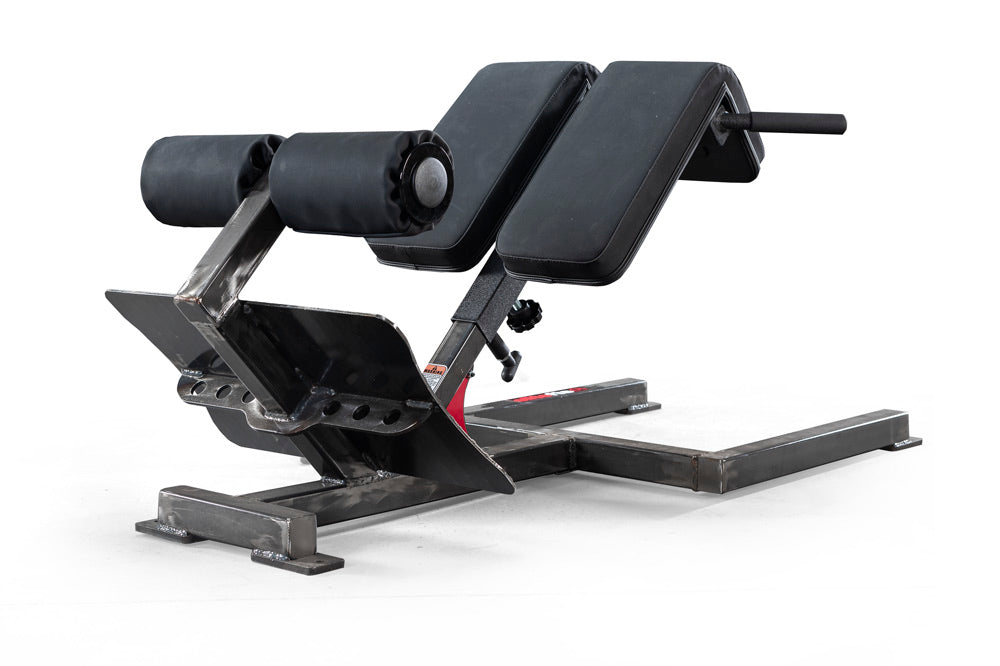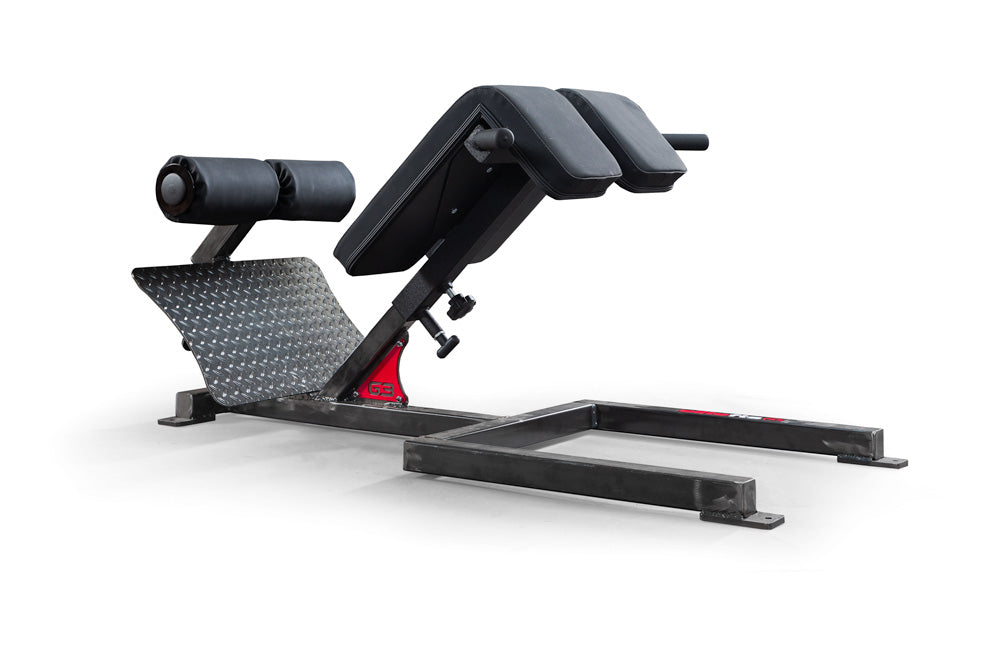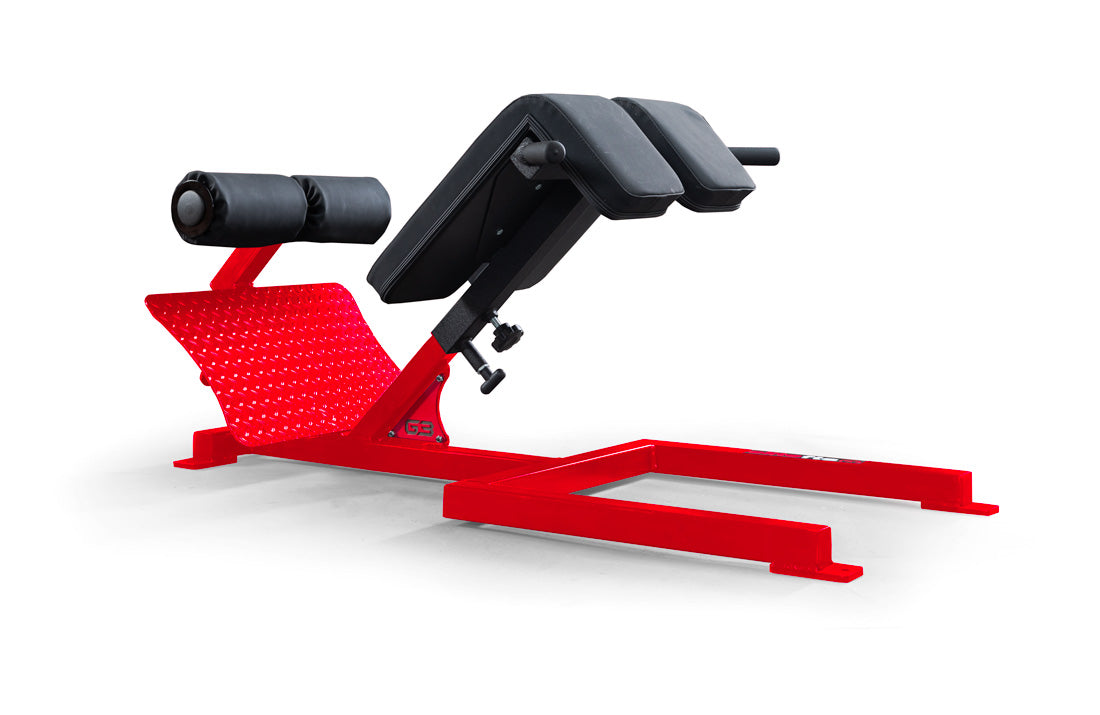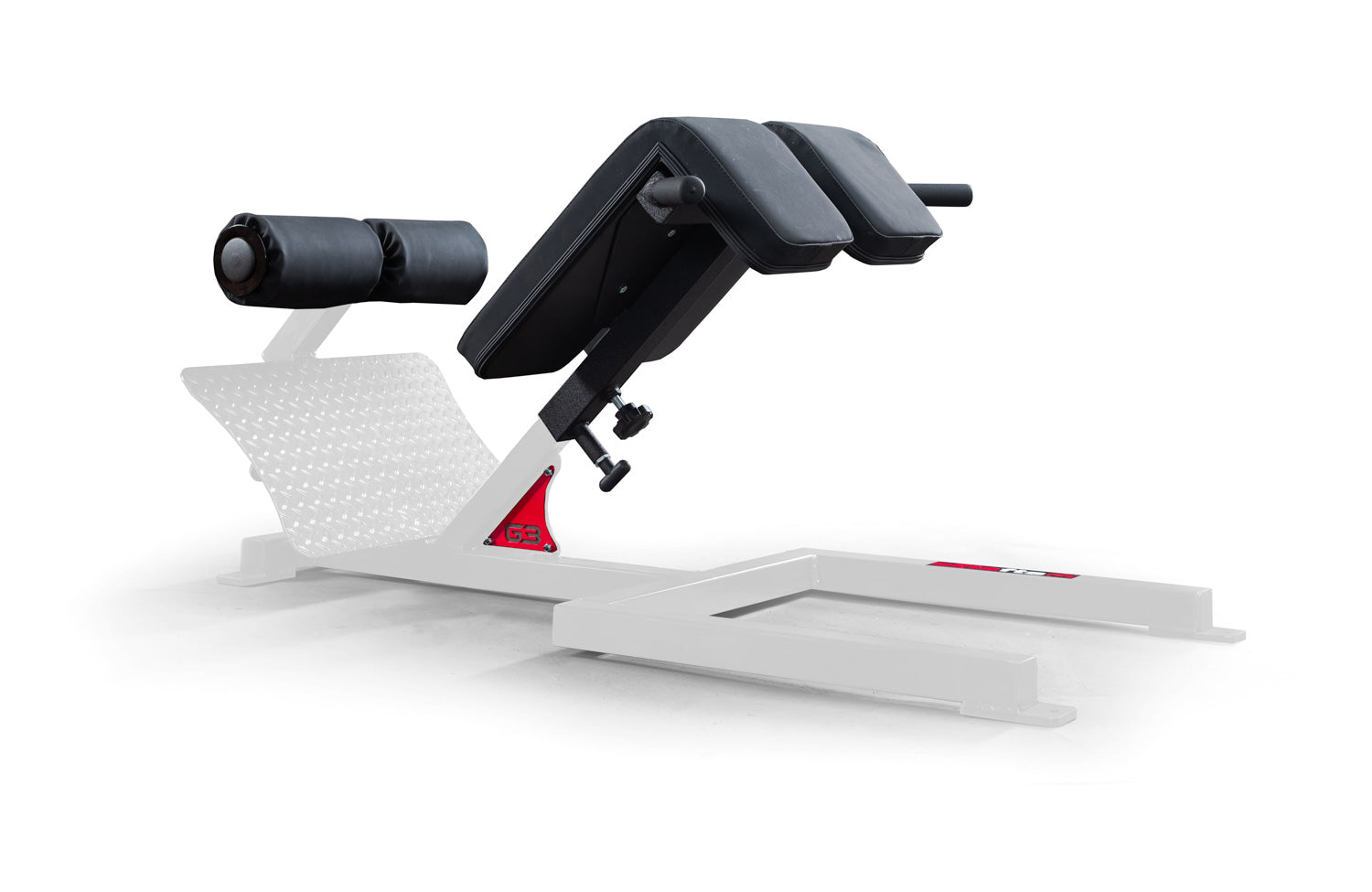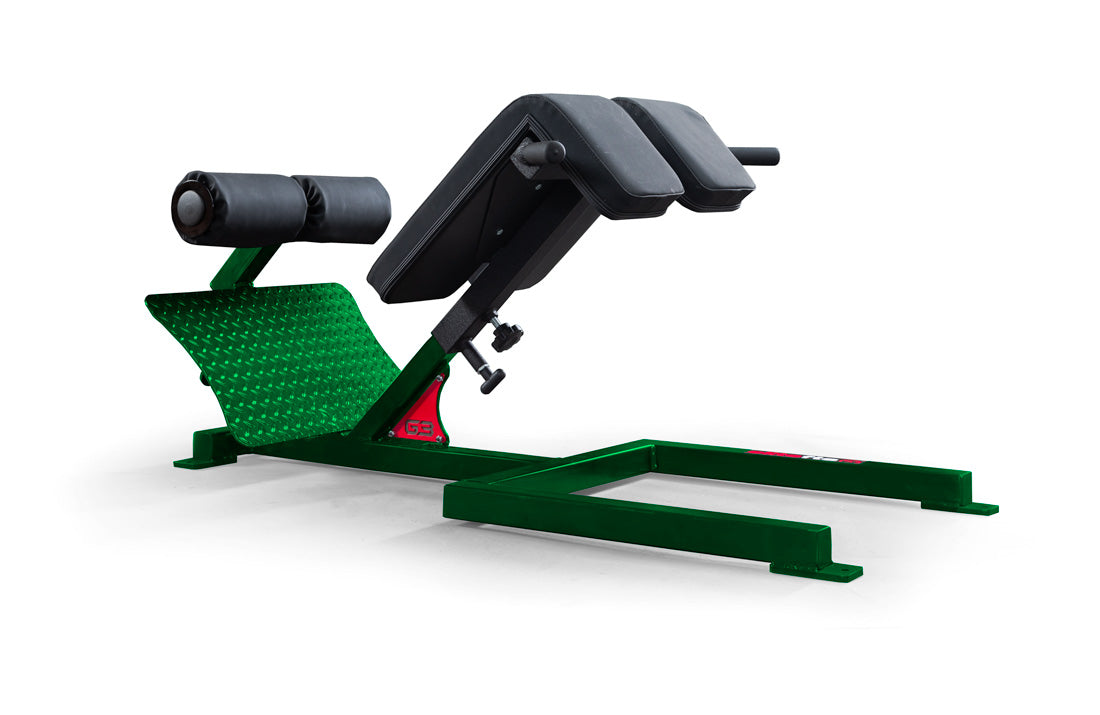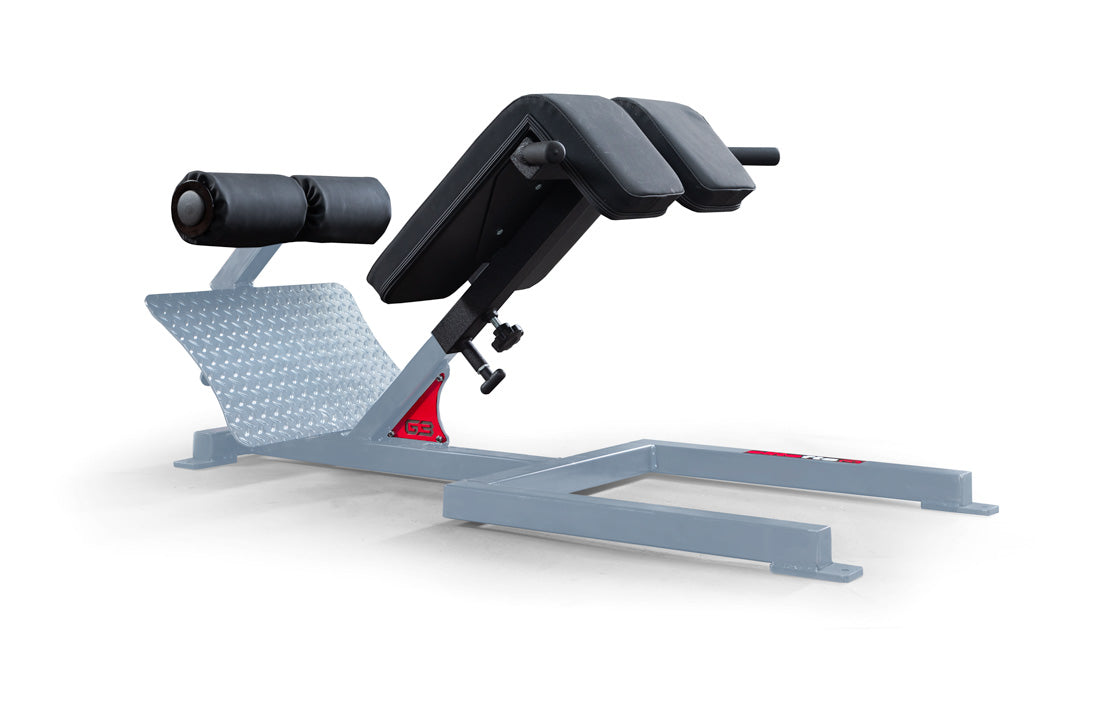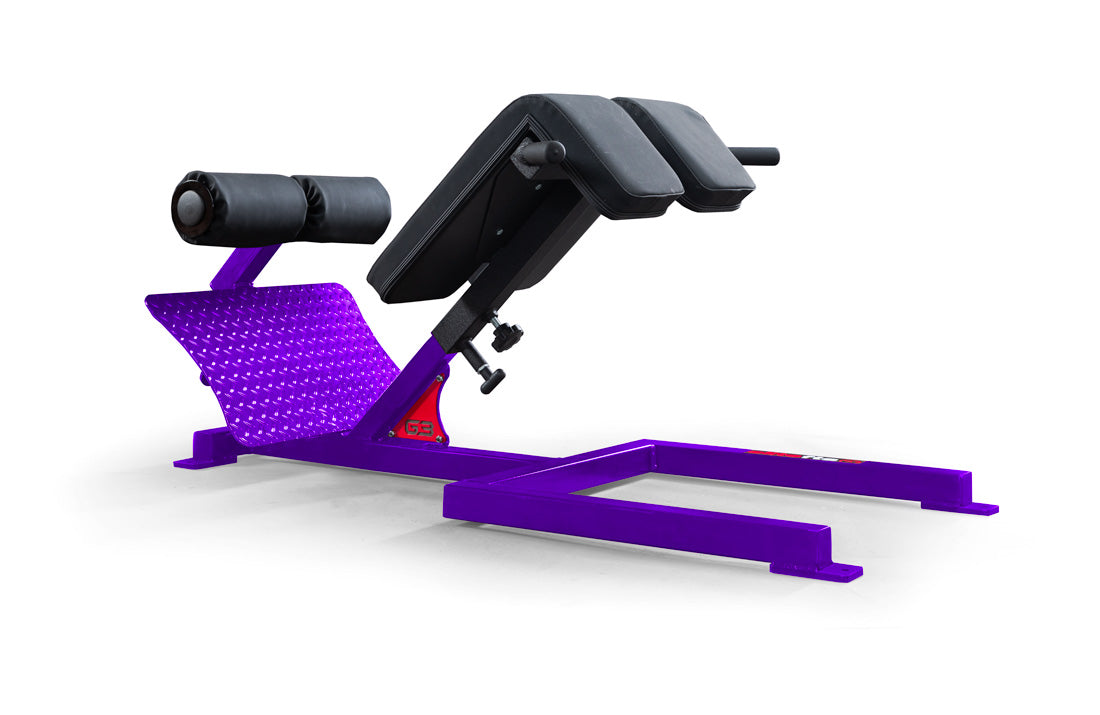- 12-inch, 72 pounds
- 14-inch, 116 pounds
- 16-inch, 175 pounds
- 18-inch, 240 pounds
- 20-inch, 335 pounds
- 21-inch, 354 pounds
- 22-inch, 400 pounds
- 24-inch, 586 pounds
Mike is strong enough physically to lift the twenty-inch stone, but his arms fall far short of the twenty-inch stone so much that it takes that tool out of his training tool box. Now, do you have to get your entire arm around the stone to lift it? The answer is no. Strongman competitors do it all the time.
[caption id="attachment_67573" align="aligncenter" width="600"]
A few of the atlas stones at the MGG. Photo by MGG.[/caption]For our purposes at the gym though, we aren't Strongman competitors. We want to add Strongman movements to our training in a way where we get the heaviest weight possible but with a stone more befitting our shorter guys. This wouldn't be unlike adding chains to your bench so that the top of the press is actually greater than the max weight a lifter could press full range of motion without chains. Or kind of like using the old weight releasers and the like. So our goal was to take our sixteen-inch atlas stone mold and make it weigh over 300 pounds. Like the saying, “It’s like putting ten pounds of sh*t into a five-pound bag,” in this case, it was 300 pounds of concrete into a 175-pound, sixteen-inch diameter atlas stone mold. We found out quickly that you can make a stone heavier with some trickery. (You can do this by adding some lead weights to the mix or putting a weight in the center of the wet concrete-filled mold and hanging it from a rope with the rope tied to a stick outside of the mold, thus allowing the weight to become part of the middle of the atlas stone once the concrete has hardened. Then you just cut off the rope coming out of the stone.) These are great tricks that we learned from Byron at Jakked Hardcore Gym. Byron really knows a great deal about atlas stones. His tricks helped us to add ten to twenty pounds to the weight of the stone, but what we wanted to do was in essence unrealistic. We wanted to add 125 pounds. We found out that you can’t add 300 pounds of concrete to a sixteen-inch mold. It's like trying to add two gallons of water to a one-gallon container. “If there is a will, there is a way.” That and a little bit of karma. At the MGG, we have a talented crew—two honest to goodness scientists (we do make our own nose tork because of them...shh), a couple carpenters, a welder/fabricator, an HVAC guru, some teachers, a lawyer, and an NFL defensive end. We make a lot of our own weird training stuff at the gym, but even with all that eclectic and hands on talent, this one had us stumped. So I was sitting there on a 175-pound atlas stone looking at the sixteen-inch stone mold with my hand on my chin doing my best “Thinker” pose. However, unlike the Thinker, I have zero answers, just a lot of questions. As I was sitting their pontificating, one of our lifters, who was away at school, came to visit while on a break. He came in and asked what I was thinking about. I answered, “Ten pounds of sh*t in a five-pound bag.” I proceeded to fill him in on the problem. To my curiosity, he asked, “Can I take the mold home with me because I'm spending the weekend visiting my parents at their home?” It turns out that his dad works with concrete. Pretty ironic. He asked me if I needed the stone mold back any time soon. I said, “No.” So he left with the mold. Just as I was thinking, "If there is a will, there is a way,” so was he. Our will, and now his will, was to have 300 pounds of concrete in a 175-pound, sixteen-inch diameter stone mold. Fast forward to a warehouse. That's where this college student’s dad was sitting on a crate at his job, looking at the stone mold with his hand on his chin doing his best “Thinker” pose when one of his buddies in the concrete industry asked, “What are you thinking about?” “I'm thinking how the heck I'm going to get ten pounds of sh*t into a five-pound bag,” he replied. Then he went on to articulate the mathematical quandary at hand. The college kid's dad looked at his buddy and said, “You can’t make a sixteen-inch diameter mold weigh 300 pounds with the type of concrete that you make an atlas stone with.” His friend replied, "Sure you can, but only if you are coming from the West Coast." What? [caption id="attachment_67574" align="aligncenter" width="600"]

1. Raw ingredients to iron ore concrete. 2. Raw ingredients prior to crushing. 3. Crushed raw ingredients in iron ore concrete. Photo by MGG.[/caption]It turns out the guy just came from delivering concrete for a new hospital that they were building out west. However, it wasn't just any hospital but one that specialized in radiation. The concrete used in that facility wasn't regular concrete but iron ore concrete. Why? It turns out that concrete walls are great, but iron ore concrete walls serve to shield hospital workers from things like the radiation they're using to treat their patients. In his truck, which was being refueled from his trip out west, was a small amount of this iron ore concrete left over from the trip. It was just enough to test this problem out. Because the weight of iron ore concrete is much heavier, nearly twice as heavy as traditional concrete, they felt that our sixteen-inch, 175-pound mold could produce an iron ore concrete atlas stone weighing no less than 300 pounds. Thus, the iron ore ingredient was “the way to our will.” [caption id="attachment_67576" align="aligncenter" width="600"]

1. Iron ore concrete after being poured into a sixteen-inch diameter, 175-pound stone mold. 2. Probably the only iron ore concrete atlas stone on Earth, weighing in at 310 pounds at a diameter of only sixteen inches. The ratio of size to weight would be like picking up your iPhone and it weighing not 140 grams but more like a solid pound. Photos by: MGG.[/caption]Truly, if there is the will, there is a way. Yes, you can put ten pounds of sh*t into a five-pound bag. So now when you come visit the MGG, among all the powerlifting equipment, you'll see many atlas stones for your training pleasure. And among those stones, you'll see a glittery looking, almost shimmery if you will, atlas stone. That atlas stone is a smaller sixteen-inch diameter stone, but it weighs a whopping 310 pounds. Clearly, it isn't a super heavy atlas stone in comparison to what the World's Strongest Man athletes use, but it's plenty heavy for a powerlifter to heft when working to be strong in every part of the body.
A 198-pound Mike versus a 310-pound atlas stone.
Anyway, that is the story of the 310-pound atlas stone made from a sixteen-inch stone mold. But more importantly, it's a story affirming that if you really want something done and you have the will to do it, it will happen. Things like that often do occur when you create a vision for it and have the best intentions. Remember:“Never doubt that a small group of thoughtful, committed people can change the world. Indeed, it is the only thing that ever has.” — Margaret Mead












